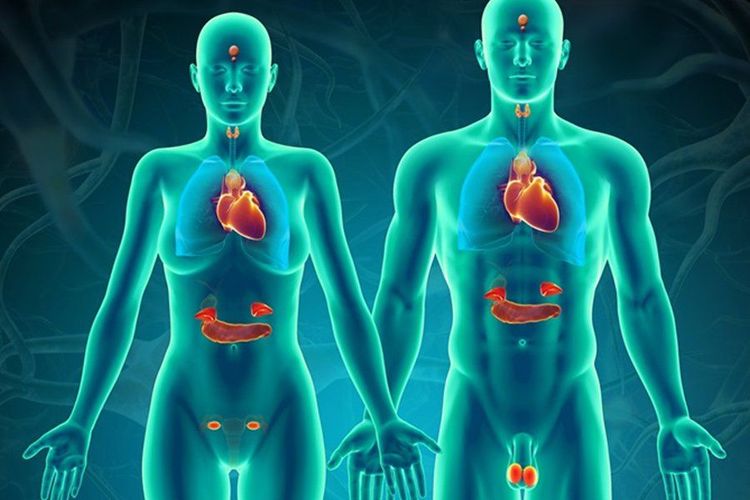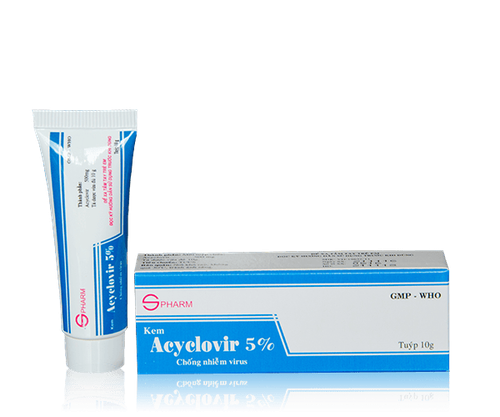This is an automatically translated article.
Morphine is an opioid pain reliever used to treat severe pain. Under the influence of drugs, the body will reduce the perception and response to pain.
1. How to use intravenous morphine
Morphine injection is given through injection into a vein, into a muscle, into the area around the spinal cord (epidural), or into the area of fluid that contains the spinal cord. The use of the drug must be strictly followed exactly as directed by the doctor and may have to be done under the supervision of a doctor or medical staff.
The dose of the drug is prescribed based on your medical condition and response to treatment. For children, the dosage may also be based on the child's body weight. Note that do not arbitrarily increase the dose, increase the frequency or prolong the use of the drug compared to prescribed.
Pain relievers work best if they are taken at the first signs of pain. If you take the medicine when the pain has become severe, it may not work as well. Before use, visually check the product through the color of the drug and do not use it when the color changes.
Before injection, it is necessary to clean the injection site with alcohol. If the drug is injected into the muscle or under the skin, the injection site must be changed at each dose to avoid subcutaneous problems. After taking the medicine, if you have a feeling of nausea occurs, talk to your doctor so that the dose can be reduced or post-injection support such as lying down after the injection.

Mỗi đối tượng sẽ sử dụng liều lượng morphine khác nhau
Suddenly stopping the drug can cause withdrawal symptoms, especially if you have been using it for a long time or have used it in high doses. To prevent this syndrome, your doctor may reduce your dose slowly. Tell your doctor or pharmacist if you have any withdrawal symptoms such as restlessness, mood changes (including anxiety, trouble sleeping, thoughts of suicide), watery eyes, runny nose, nausea, diarrhea, sweating, muscle pain, or sudden changes in behavior.
Morphine if used for a long time it may not work as well. So your doctor may need to increase your dose or change your medication after some time of treatment. Talk to your doctor if you feel the medicine is no longer working.
2. Notes before using morphine injections
Tell your doctor if you are allergic to morphine or other opioid pain relievers and products. Inform your doctor about your medical history, especially of: Brain disorders (such as head trauma, tumors, seizures); breathing problems (such as asthma, sleep apnea, chronic obstructive pulmonary disease-COPD); Gallbladder disease ; Kidney disease; Liver failure; Psychiatric disorders (such as confusion, depression, suicidal thoughts); a personal or family history of a substance use disorder (such as drug/alcohol abuse or addiction); Stomach/intestinal problems (such as blockage, constipation, diarrhea caused by infection, paralytic ileus); Diseases of the pancreas (pancreatitis); Difficulty urinating (as from an enlarged prostate).

Bệnh nhân cần thông báo cho bác sĩ về tiền sử của bệnh
This medicine may cause dizziness or drowsiness, so do not drive, use machines or do anything that requires alertness until you are awake after the injection so that you can work on it safely. . Older adults may be more sensitive to the side effects of this drug, especially causing symptoms of confusion, dizziness, drowsiness, and slow, shallow breathing. This medication should be used only when clearly needed. It should not be used during pregnancy and lactation as it may harm the unborn baby.
3. Drug interactions
Drug interactions can change the way a drug works or increase the risk of serious side effects. Here are some things to do to avoid drug interactions when using morphine:
Make a list and tell your doctor about all the medicinal products you use (including prescription/nonprescription drugs). and herbal products). Do not start, stop, or change the dose of any medicine without your doctor's consent. Some products that may interact with morphine are: analgesics (mixed opioid agonists/antagonists such as pentazocine, nalbuphine, butoranol), naltrexone. The risk of serious side effects may be increased if this medicine is used with other pain relievers such as: codeine, hydrocodone, alcohol, marijuana, sleeping pills such as alprazolam, lorazepam, zolpidem; muscle relaxants (such as carisoprodol, cyclobenzaprine) or antihistamines (such as cetirizine, diphenhydramine). Morphine may cause some test results to be erroneous (such as amylase/lipase levels).

Cần tuân thủ nghiêm ngặt chỉ dẫn của bác sĩ để tránh bị tương tác thuốc
4. Foods to avoid when taking intravenous morphine
Constipation is a very common side effect of pain relievers. This side effect can usually be well managed with precautions such as: Drink 8-10 glasses of water a day, increase physical activity when possible, and eat plenty of fruits and vegetables. prune juice or 3-4 prunes/prunes can help promote bowel movements.
However, high-fiber foods (eg bran flakes, high-fibre cereals) and fiber supplements (like Metamucil) can actually make constipation from pain relievers worse and should be avoided.
Morphine is a drug that can be addictive. The risk of addiction may be higher if the user has a substance use disorder such as abusing or addicted to drugs or alcohol. So, to make sure you don't become addicted, use your medication exactly as prescribed and avoid alcohol or marijuana while taking it.
If you have a need for consultation and examination at Hospitals under the national health system, please book an appointment on the website to be served.
Articles refer to the source: webmd.com
Please dial HOTLINE for more information or register for an appointment HERE. Download MyVinmec app to make appointments faster and to manage your bookings easily.













